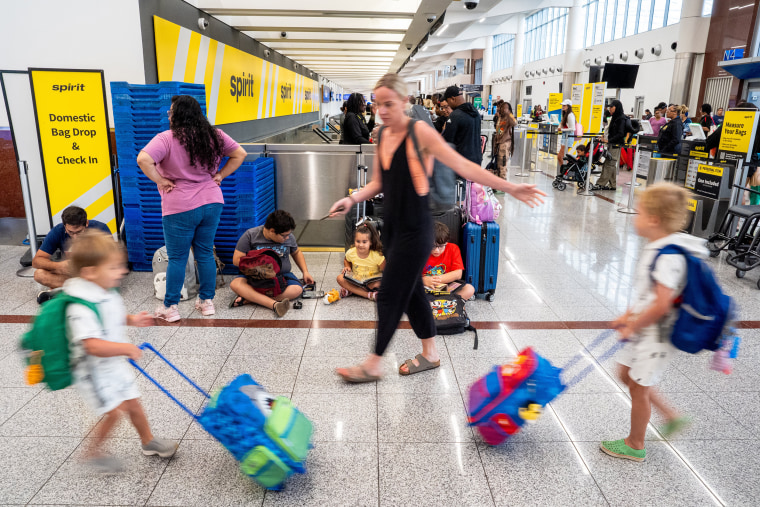
Record-Breaking July 4th Travel Fueled by Low Gas Prices and a Buzzing Economy!
The relentless rise of travelers on July 4, a historically peak travel period, reached an all-time high this year, largely due to the dramatically lower gas prices and a thriving economy. This trend has had a significant impact on several industries and, to an extent, has managed to shift the paradigm away from traditional July 4 travel norms.
Fuel prices have been a perennial concern for holiday-goers, but recent decreases in gas rates have been a catalyst for increased travel. Over the past year, declines in oil prices have led to reductions at the pump, making travel far more accessible for millions of Americans. While gas prices typically rise during the summer months due to greater ground-level ozone production in warmer temperatures, a substantial reduction in global crude oil prices and larger than average domestic fuel inventories have bucked this trend.
This dip in fuel prices could not have come at a better time, as the timing also coincided with a noticeable upturn in the American economy. The humming economy, characterized by low unemployment rates and increased consumer confidence, has naturally given rise to a climate where more people are willing and able to spend on experiences, one of which is travel. More people on the roads means more people in lodging accommodations, more shoppers in stores, more diners in restaurants, and more tickets sold at entertainment venues.
Typically, the increase in travel during the July 4 period tends to concentrate around regional holiday hotspots. However, the combined impact of lower gas prices and the strong economy appeared to democratize travel and expand it beyond the traditional locales. Many people ventured farther afield, reaching out to explore lesser-known destinations and contributing to the growth of local economies that do not usually benefit from this peak period of mobility.
It was not just the roads that experienced an increased throughput of people. Lower fuel prices also enabled airfares to reduce cost, thereby driving an increase in the number of air travelers during this period. Many airlines took advantage of the economic environment to offer discounted rates, further enticing potential travelers.
Nevertheless, the record increase in travel didn’t come without its challenges. Higher traffic volumes resulted in heavier congestion, particularly along popular routes, leading to delays and extended travel times. Authorities responded with measures to manage the increased influx, including increased police patrols and enhanced roadside assistance services.
To meet the increased traveler demand, businesses across several industries also had to adapt. The hospitality industry, including hotels, resorts, and vacation rentals, experienced a surge in bookings. Concurrently, many retailers and restaurants also saw a beneficial spillover effect due to the influx of travelers.
This year’s record-breaking July 4 travel, driven by the perfect storm of lower gas prices and a humming economy, is not just a one-off phenomenon. Rather, it is a testament to the power of affordability and increased consumer confidence in driving people’s decisions to explore their world. It also demonstrated the network effect that increased travel can have on a host of related industries, creating opportunities, challenges but above all, a buzz that sets the tone for the busy summer season.
As we reflect on the impact of these factors on July 4 travel, it further underscores the importance that economic and fuel trends can have on holiday travel patterns, an insight that could be valuable for many sectors, from hospitality to retail to entertainment. After all, the more people on the move, the more the world comes alive.
